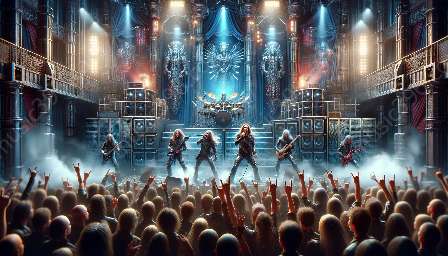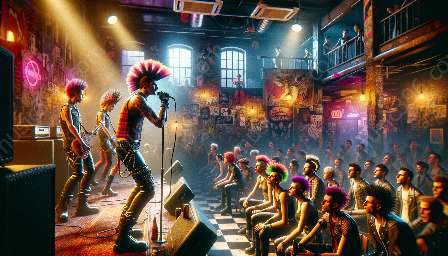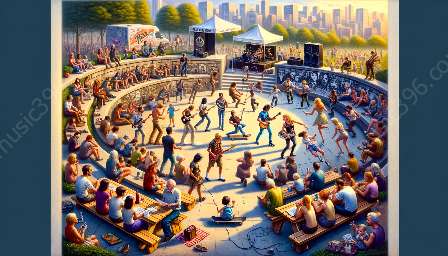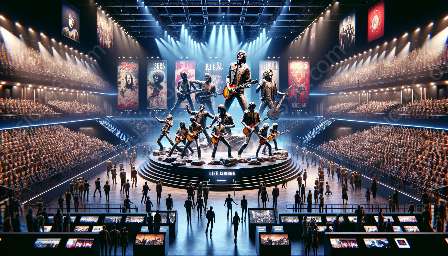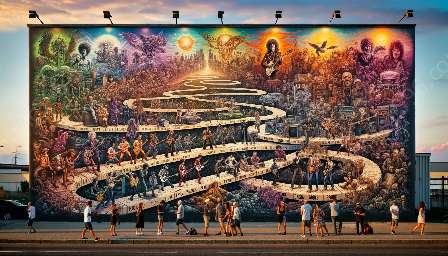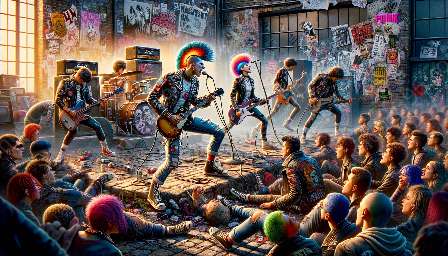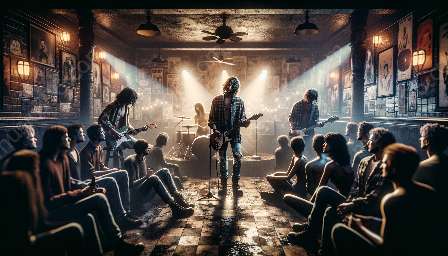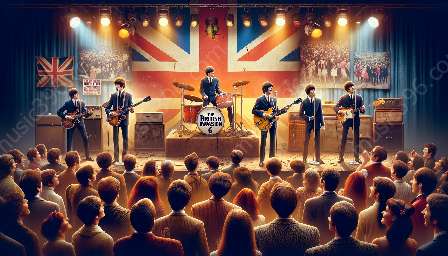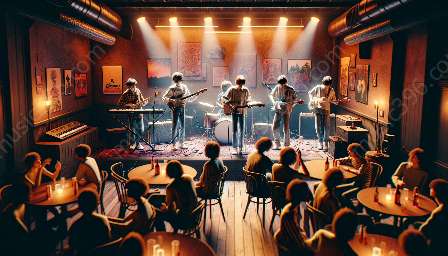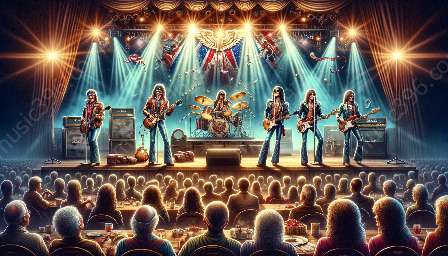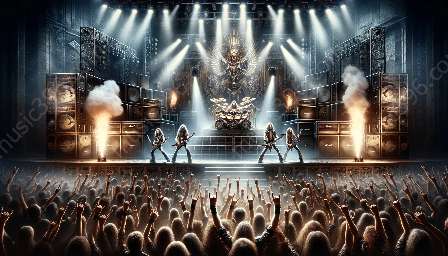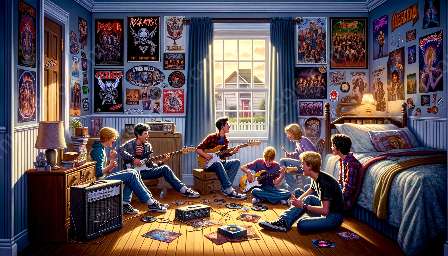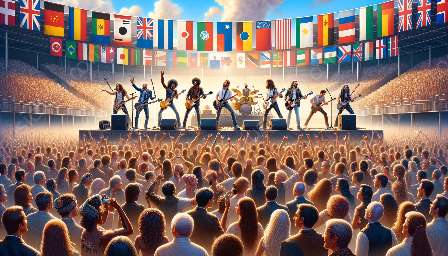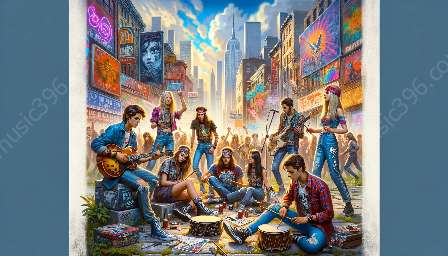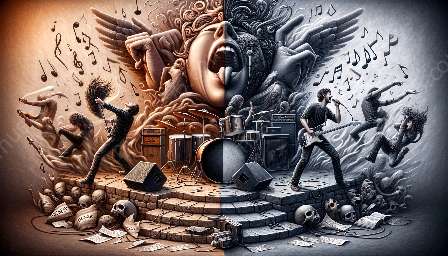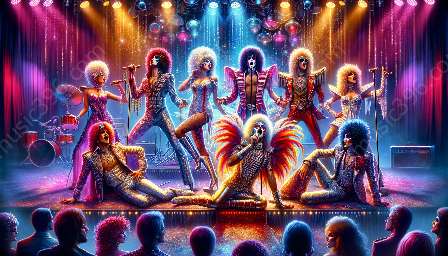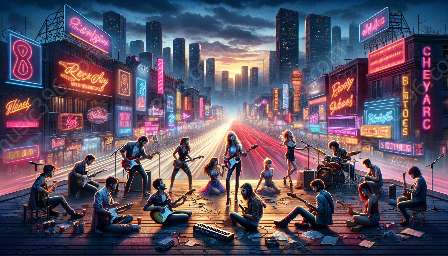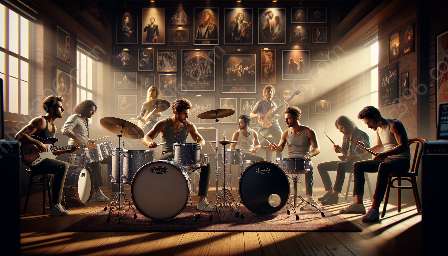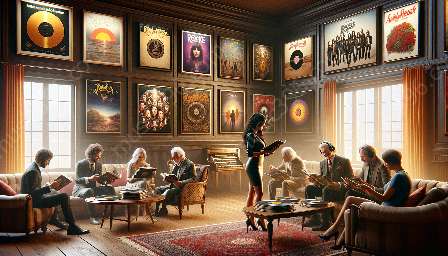Rock music has always been closely intertwined with cultural movements and subcultures, shaping its iconic imagery and fostering a rich tapestry of artistic expression. From the countercultural revolution of the 1960s to the punk, grunge, and psychedelic movements, rock music iconography has been deeply impacted by the social and artistic forces at play. Understanding these influences provides valuable insights into the complex relationship between music, art, and societal shifts.
The Countercultural Revolution of the 1960s
The 1960s countercultural revolution brought about a seismic shift in both music and society. The era was marked by a rejection of mainstream values and an embrace of alternative lifestyles, leading to the rise of rock icons such as Jimi Hendrix, Janis Joplin, and The Doors. Their music, fashion, and attitudes became synonymous with the spirit of rebellion and freedom that defined the era.
Punk and the DIY Ethos
The punk movement of the 1970s and 1980s challenged the conventions of rock music iconography. Pioneered by bands like the Sex Pistols and The Clash, punk subculture was characterized by a raw, anti-establishment aesthetic. The iconic imagery of punk was defined by DIY fashion, outrageous hairstyles, and rebellious visual statements, reflecting the subculture's rejection of traditional norms and values.
The Grunge Era and Anti-Glamour
In the 1990s, the grunge movement emerged as a reaction against the glossy, image-focused culture of mainstream rock. Bands like Nirvana and Soundgarden rejected the flamboyant excesses of the 1980s and embraced a stripped-down, anti-glamour aesthetic. The iconic imagery of grunge was marked by flannel shirts, unkempt hair, and an unapologetically authentic portrayal of the struggles and disillusionment of a generation.
Psychedelic Art and Rock Fusion
The psychedelic movement of the 1960s left an indelible mark on rock music iconography. Inspired by mind-altering experiences and a quest for expanded consciousness, psychedelic art and imagery became synonymous with the music of bands like Pink Floyd and The Grateful Dead. The use of vibrant colors, intricate patterns, and surreal visuals became emblematic of the fusion of rock and psychedelia.
Modern Subcultures and Rock Music Iconography
Contemporary subcultures continue to influence rock music iconography. From the gothic allure of bands like The Cure to the flamboyant style of glam rock revival, subcultures offer a diverse range of visual cues and artistic expressions that shape the iconic imagery of rock music.
By understanding how cultural movements and subcultures have influenced rock music iconography, we gain a deeper appreciation for the multidimensional nature of the genre. The interplay between music, art, and societal movements continues to shape the ever-evolving visual landscape of rock music, showcasing the enduring power of creative expression to reflect and respond to the pulse of our world.


